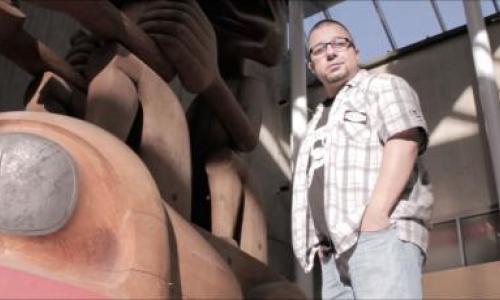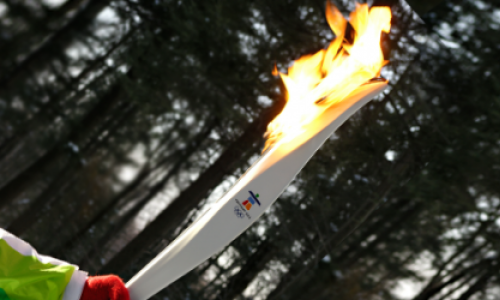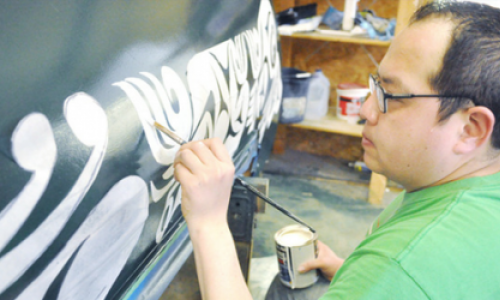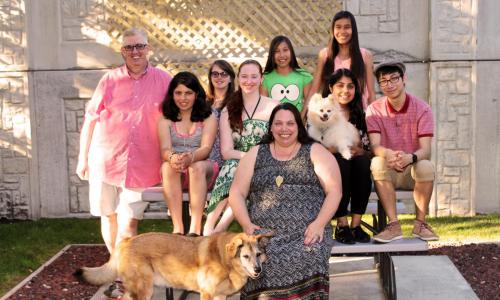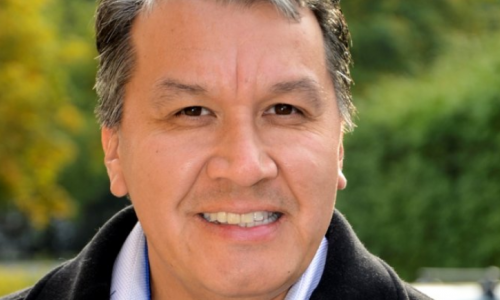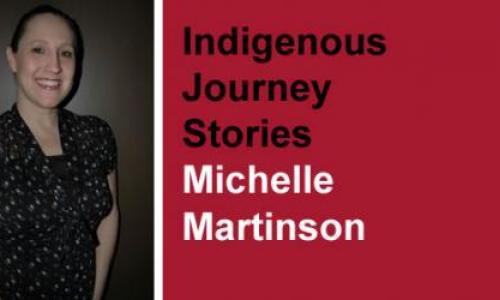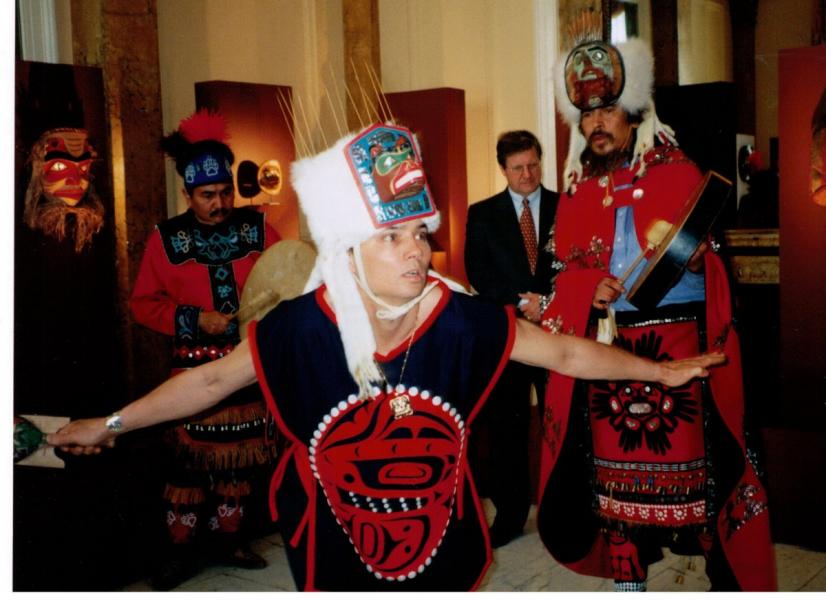
David Neel of the Kwakiutl tribe has been making Native design jewelry for 25 years. He descends from a family of first nations aritsts, including: Ellen Neel, Mungo Martin and Charlie James. A multi-media artist, David Neel makes rings, pendants, earrings and bracelets, in addition to Canadian Aboriginal art, such as masks, totem poles, paddles, bentwood boxes and paintings under the David Neel Studio. Here is an interview with him about his jounrey to become an independently employed artist and jeweler.
Where did you grow up?
I was born in Vancouver, BC and went to public school in Calgary, AB.
What were some of the challenges you faced growing up?
Aboriginal identity is a challenge for many young people, and to understand and then come to terms with Canada's history in regards to Native people.
What is your happiest childhood memory?
There are so many it is hard to recall a single one, but I remember visiting my grandmother's carving shop in Vancouver when I was pre-school age. I can still recall the smell of yellow cedar and the woodchips that seemed to be up to my waist. I remember asking why their were so many, and I was told that they were busy carving and had no time to sweep them up. I've always thought it odd that I remember that so clearly.
When you were young, what did you want to be when you grew up?
I always wanted to be an artist, coming from a family of artists that was the only thing I was ever interested in.
When did you start thinking about attending post-secondary? If you have not tell us about your path of acquiring knowledge that has helped you to this point.
After working in the construction industry after high school I starting thinking about the future and a career, and it was evident that post secondary education was necessary for almost any career.
Write a Brief Timeline of Your Schooling Experience.
I started at a community college in Calgary and then transferred to Kansas University to study photography. I then went to live in Dallas, Texas where I apprenticed with working photographers for 5 years. Photography had a well established apprenticeship system which began with university study.
Share Your Experience of Finding Funding.
I worked summers and saved money and took a student loan.
Share a Time When You Wanted to Quit.
I never thought about quitting, my goal kept me on track.
Share Your Proudest Moment
My proudest moment was the 1999 Venice Biennale, when I took a traditional Native dug-out canoe that I carved, to Venice and paddled on the Grand Canal, and did a site specific exhibition in a 500 year old pallazio.
Where are you currently in respect to your education? Do you think you are finished? Or do you wish to go further?
Education for an artist is ongoing process; I try to keep my work progressing over the years. Currently I am focusing on refining my jewelry design and learning new jewelry techniques online. I am considering taking a course in the USA also.
What did you do after you graduated?
I worked in Dallas, Texas then returned to Vancouver, BC to apprentice with traditional Native artists from my father's village. I worked as a photographer, then as a carver and photographer, and later as a carver and jeweler.
How did you find your current work position?
I am a self employed artist / jeweler.
What has been your most important lesson in transitioning to the work force?
The value of apprenticing.
What advice do you have to offer other Indigenous students?
Get a goal, get an education and never stop pursuing your goal.
What are your goals for the future?
To keep my work progressing and to always produce high quality art.









